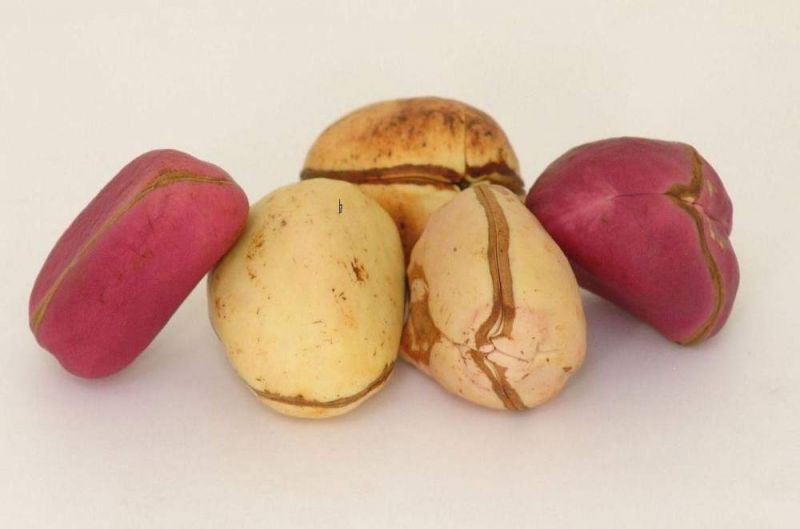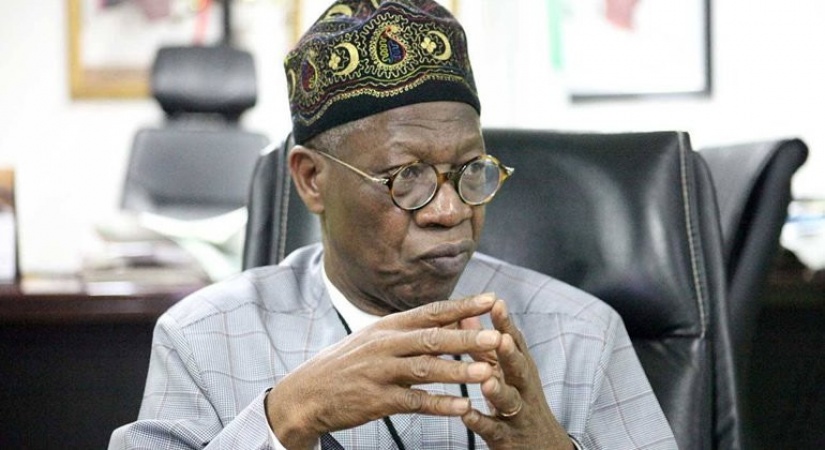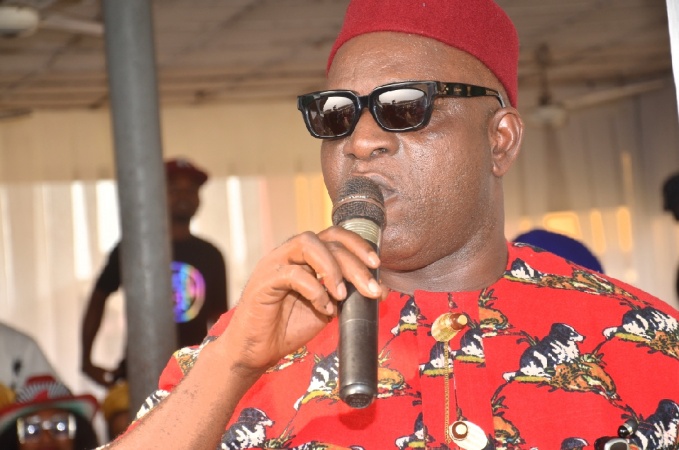The Kola Nut: How Igbos Betrayed and Undermined Their Foremost Symbol - Ikechi Mbeoji
Posted by Factnews | 7 years ago | 3,509 times

Kola nut
The kola nut, (cola acuminata and cola nitida), is the pre-eminent instrument of identity, hospitality, and social ordering in Igboid areas. Native to West Africa, the Igboid have for thousands of years taken the celebration of the kola nut to rarefied heights.
Whether in folk medicine, divination, hospitality, social raking and ordering, the outside observer is often mesmerized by the great respect Igbos pay the kola nut. Kola nuts are the kings and princes of hospitality in Igboid areas. No other fruit, crop, or anything comes close.
In full flight, the celebration of the kola nut in traditional gatherings can easily last hours. There are two main species of the kola nut, namely, acuminata and nitida. The former, Oji Igbo, is distinguished by its colour (mainly purplish), texture, and taste. Through predominantly purplish in colour, sometimes the acimunata species may have bright yellowish-white varieties often called oji ugo-the eagle kola.
Igbos have a hierarchy of kola nuts. The Oji Igbo, kola acuminata, is the king and ranks high above the nitida, derisively called "gworo" or oji hausa. The uses of kola nut in traditional medicine including treatment of migraine, depression, mild dysentery, chronic fatigue syndrome, et cetera is well documented and need not detain us here. Similarly, in traditional settings, the numbers of the cotyledons of the kola nut has deep spiritual significance. A kola nut with a single cotyledon is an abomination. When, and if it occurs/found, such a rarity would in the olden days compel the cleansing of the land. Numbers are important to the Igboid.
Thus, a kola nut with 2 cotyledons, or 3 or 4 or 5 or 6 or 7 or 8 have different and distinct spiritual/mystical connotations. As this is not the subject of this essay, I shall defer comments on Igbo numerology vis-a-vis kola nuts. No ceremony holds among the Igboid without kola nut. None.
Given this scenario, how many Igbos today can distinguish the kola nut tree from the Cocoa tree? How many Igbos have a kola nut tree in their family compounds. How many Igbo children know anything about the kola nut? More importantly, more than 80 percent of the so-called Oji Igbo in fact are cultivated in Yorubaland in South West Nigeria and Ghana.
The short point again is that virtually all the important symbols which Igbos pretend today to hold dear are in fact in a state of criminal neglect and decay. If the Igboid, who are vocal in condemning their marginalization in the geographical space called Nigeria are unable to take stock and account for what they believe to be their defining symbols and identikit, how prepared are they for an independent state? Everyday, Igbos both rich and poor, educated or illiterate, urbane or local, stand up to make long speeches in celebration of Oji Igbo (imported from Oshogbo, etc).
The paradox of this should not be lost on any of us. As I have argued in the preceding essays, if you cannot take care of that which you claim is the embodiment of the ideals, aspiration, qualities, and characteristics of a people, in my view, you cannot take care of the weightier issues of statecraft and statehood. -Ikechi Mgbeoji
Readers Comments
comment(s)
No comments yet. Be the first to post comment.








